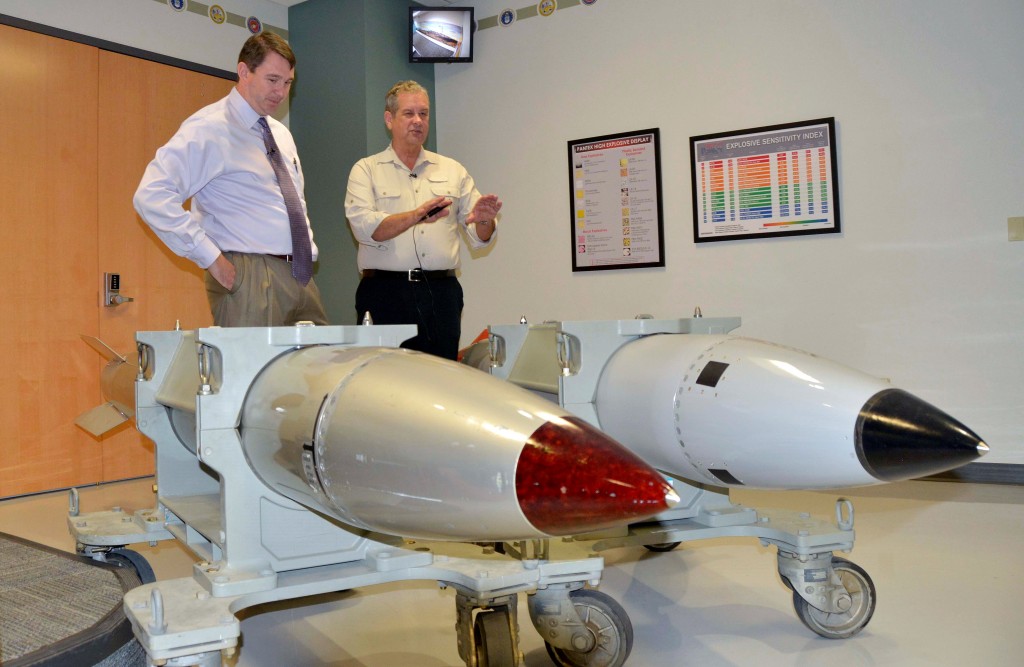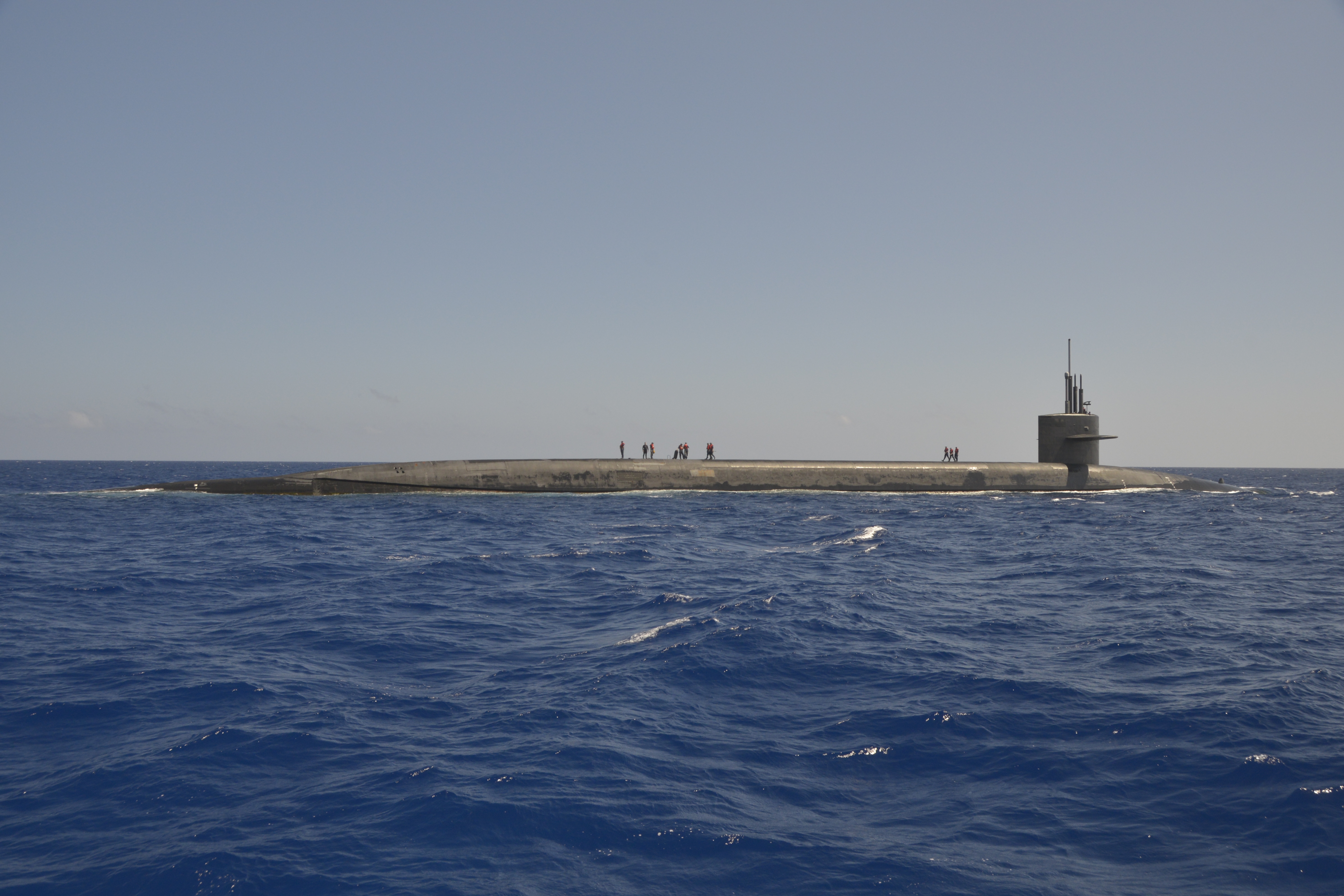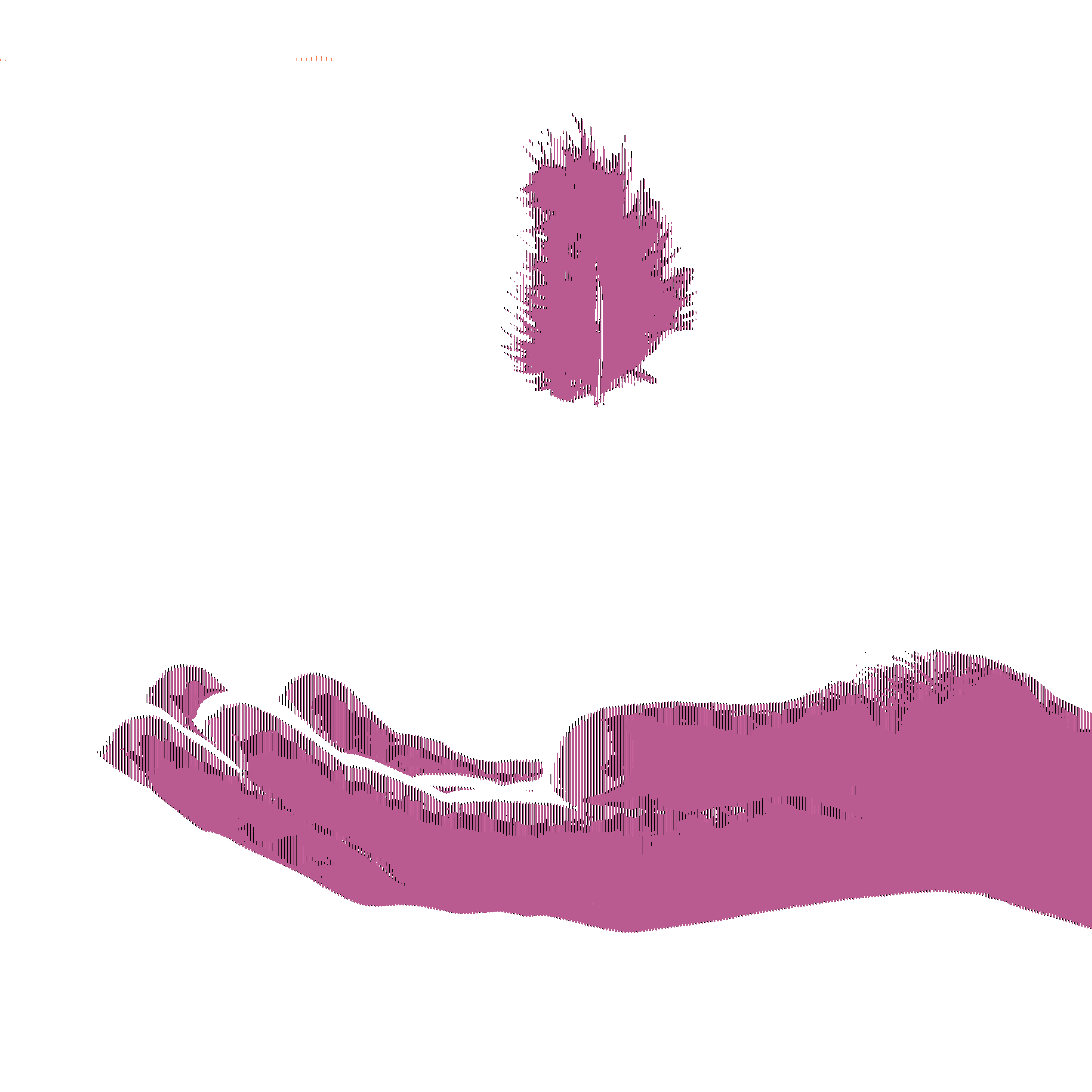
IS "MODERNIZED" DIFFERENT FROM "NEW"?
Grantees Jamie McIntyre and Dan Sagalyn, in the second of our continuing series with PBS NewsHour on nuclear weapons modernization, report on the $8 billion upgrade of the bombs that have been a mainstay of the U.S. nuclear arsenal since 1961. What's clear from the report, and a fascinating set of background interviews and photos available online, is that no consensus exists as to the distinction between "modernized" and "new."
The military and scientific experts in charge of the program liken the fixes to the sort of updates you would make on an automobile manufactured in 1961, the year that the B-61 bombs used in the U.S. manned-bomber program first went into service. The bombs had no guidance system and less than adequate safeguards against premature explosion; they relied on parachutes to delay landfall (and give pilots time to escape the target zone).
But to critics the addition of guidance systems and other improvements violate the Obama administration's promise of no "new" nuclear weapons—and their more precise targeting abilities, with lower collateral damage, might end up making their use more tempting.
Hans Kristensen from the Federation of American Scientists tells Jamie that he understands the official position, that the B-61 upgrade is about taking an existing warhead and "life-extending it." But the result is still an enhanced weapon with greater precision, he says, one that might encourage its future use. Should taxpayer dollars be used for this? For Kristensen, the answer is no.
THE FACE OF SUFFERING, FROM KABUL TO LESBOS
A remarkable photo essay for The Wall Street Journal by grantee Paula Bronstein captures the stoic struggle of women in Afghanistan, especially those who have been widowed in the course of that country's long upheaval and for whom the social safety net is marginal when it exists at all. Grantee Jeanne Carstensen works in a different medium, that of radio, but her reports for PRI's The World on the tens of thousands of refugees who have landed on the Greek isle of Lesbos are equally riveting—especially her account of space running out in local cemeteries and efforts by local people to help the refugees bury their dead.
PULITZER EDUCATION AND OUTREACH, ON THE MOVE
Pulitzer Center journalism starts with great reporting and great news-outlet partners but its lasting impact is often the result of the strong partnerships we've built with educational institutions and the hundreds of opportunities we create each year for journalists to tell their stories in person.
Last Tuesday, some 200 people joined us at the Newseum in Washington, DC, for a presentation with the Religious Freedom Center, to hear grantees Michael Hayden and Sami Siva discuss their reporting on transgender issues in India. Michael and Sami also visited Washington-area secondary schools and then journeyed on to the University of Pennsylvania and South Dakota State University, two of our Campus Consortium partners.
Pulitzer Center staffers have continued our Fall programming with journalist visits to college campuses throughout the country. Ann Peters, director of development and outreach, led a workshop with Don Belt for college professors on Paul Salopek's Out of Eden Walk project during her visit to Chicago. She accompanied Emily Feldman and Alisa Roth to four City Colleges of Chicago campuses too.
Lauren Shepherd, outreach coordinator, spent a week also with grantees: at Loyola University Chicago with Matt Black, University of Chicago with Anup Kaphle, and Elon University with Yana Paskova. Contributing editor Kem Knapp Sawyer was in Alexandria, talking about our work on children's issues in the Democratic Republic of the Congo. Senior editor Tom Hundley met with students in Doha at Northwestern University in Qatar. This week, grantee Gary Marcuse is at Davidson College in North Carolina, discussing his environmental reporting in China, while multimedia projects coordinator Evey Wilson takes our work to Wake Forest University, Guilford College and High Point University.
On the primary and secondary school front, education director Mark Schulte was in St. Louis, presenting population issues with grantee Sarah Weiser at 10 schools in the city.
Several thousand teachers are headed to New Orleans later this week, meanwhile, for the National Council for the Social Studies. Pulitzer Center staffers Nathalie Applewhite, Mark Schulte and Amanda Ottaway will be there too, sharing our new Lesson Builder tool and giving presentations—one on the use of storytelling in promoting global citizenship and another on our use of interactive games to encourage global social responsibility. Join us in the Big Easy and laissez les bons temps rouler!
Until next week,
Jon Sawyer
Executive Director






